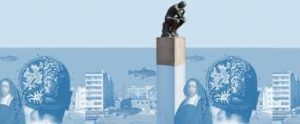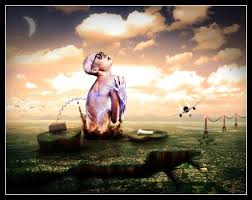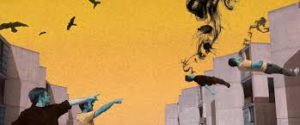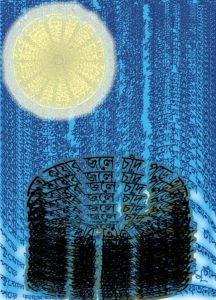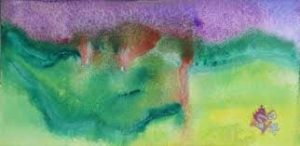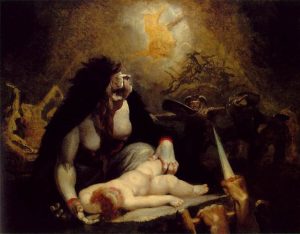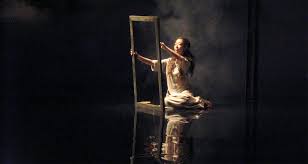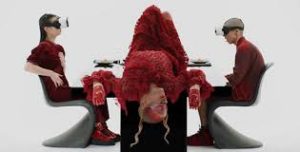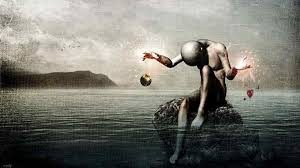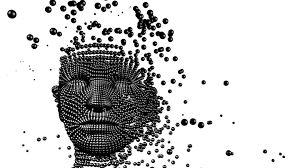Exuberance and a sense of vitality are always present to some degree or another.
Some people are always aware of their own joy regardless of circumstances. They feel safe and protected even when the events of their lives do not seem favorable. Regardless of their own doubts and worries, such people feel themselves supported, and feel that in the end everything will work to their advantage. Many other people, however, lose this sense of safety and abundance, and it may seem as if joy in living was an attribute only of the young.
Exuberance and joy, however, basically have nothing to do with time or age. They may be expressed as vividly and beautifully at the age of 80 as at the age of 8. For whole segments of the population, however, it seems as if joy and health are fleeting attributes expressed briefly in childhood, and then lost forever.
There are innumerable ways of reclaiming joy in living, however, and in so doing physical health may be reclaimed by those who have found it lacking in their experience.
The quality of life is intensely important, and is to a large extent dependent upon a sense of well-being and self-confidence. While these attributes are expressed in the body, they also exist in the mind, and there are some cumbersome mental beliefs that may severely impede mental and physical well-being.
We will not concentrate upon these, but we will indeed discuss them, so that each person can understand the relationship between poor beliefs and poor health, for through understanding these connections the individual can re-experience the great mental variety that is possible. No individual is helpless, for example, in the face of negative beliefs. He or she can learn to make choices once again, and thus to choose positive concepts, so that they become as natural as negative beliefs once did.
One of the greatest detriments to mental and physical well-being is the unfortunate belief that any unfavorable situation is bound to get worse instead of better. That concept holds that any illness will worsen, any war will lead to destruction, that any and all known dangers will be encountered, and basically that the end result of mankind’s and womankind’s existence is extinction. All of those beliefs impede mental and physical health, erode the individual’s sense of joy and natural safety, and force the individual to feel like an unfortunate victim of exterior events that seem to happen despite his or her own will or intent.
Ultimately, it is no secret that mental health issues can have a serious impact on your sense of self. Addiction and substance abuse issues for example can have devastating consequences. With this in mind, if you know someone that is living with addiction, sometimes the best thing that you do for them is to point them in the direction of professional help. Rehabilitation has come a long way in recent years, and although overcoming substance abuse issues might not happen overnight, no one is past the point of no return. Consequently, you can find further mental health resources on the Enterhealth website.
The ideas I have just mentioned are all prominent in our society, and now and then they return to darken our senses of joy and expectation.
It is very important that they be recognized when they appear. For that recognition alone can clear our thoughts and mind.
I am saying that to varying degrees those concepts sometimes return, and it should be obvious when this happens less and less. Remind oneself also to remember that oneself does not have any particular disease. Society would be much better of if man and woman labeled multitudinous levels of physical health rather than dignifying negative concepts by giving them names and designations.

















